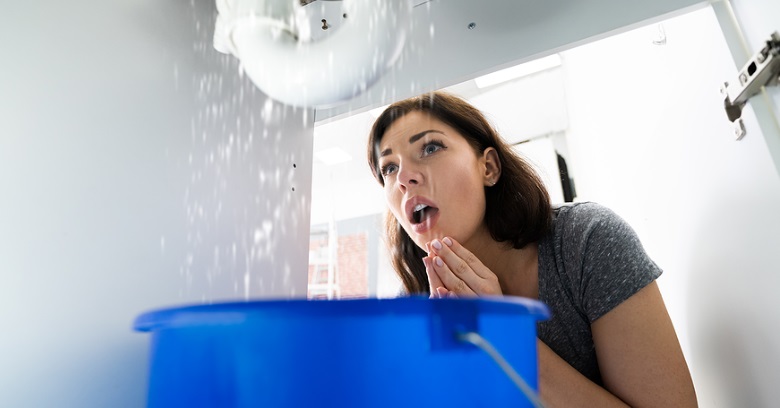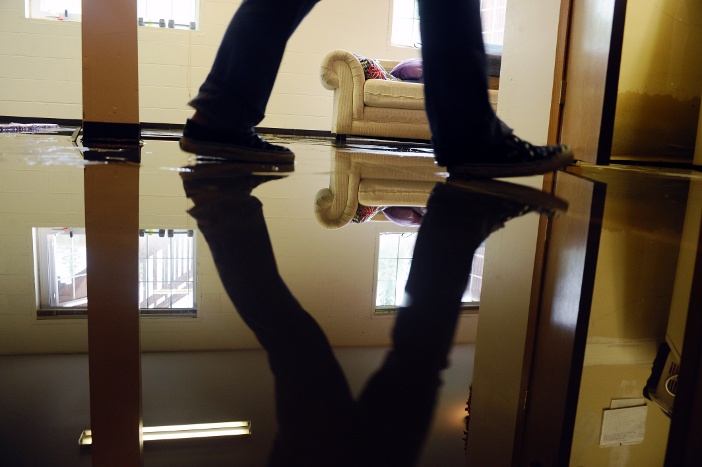From Detection to Correction: A Fast Approach to Handling Burst Pipes
From Detection to Correction: A Fast Approach to Handling Burst Pipes
Blog Article
What're your thoughts and feelings on How to install a dishwasher safely?

A burst pipe is a significant emergency; you can only stand as you enjoy water you pay a lot to reunite with the earth. In even worse instances, you notice a pool on your kitchen area flooring, which is a great trip risk, particularly if you have youngsters around. If the pipeline that ruptured remained in your walls, bad news: you may need to repaint that whole area.
Just how can a calamity like a burst pipe be avoided and handled? Well, by listening to your expert emergency plumbing technicians and also adhering to these regulations.
Just how do I recognize when my pipes have burst?
Changing water stress
Pipelines do not simply burst in a day. You may have discovered that your kitchen area faucet or shower does not run immediately when you transform the faucet. It may pause for a few secs and after that blast you with even more pressure than common.
In other instances, the water may seem regular in the beginning, after that decrease in stress after a couple of secs.
Wet walls and water stains
Before a pipe bursts, it will leak, a lot of times. If this consistent dripping goes undetected, the leakage might finish right into a large tear in your pipeline. One very easy way to avoid this emergency is to look out for wet walls ad water stains. These water stains will lead you right to the leakage.
Puddles under pipelines and also sinks
When a pipeline bursts, the outflow creates a pool. It may appear that the puddle is expanding in dimension, as well as no matter the number of times you mop the puddle, in a couple of mins, there's another one waiting to be cleansed. Often, you might not have the ability to map the pool to any type of visible pipes. This is an indicator to call a specialist plumber.
Untraceable trickling sounds
Pipe bursts can take place in one of the most unpleasant locations, like within concrete, inside walls, or under sinks. When your house goes quiet, you might be able to hear an aggravatingly relentless leaking noise. Even after you have actually checked your shower head and also kitchen area tap, the trickling may continue.
Beloved reader, the dripping might be originating from a pipe inside your wall surfaces. There isn't much you can do concerning that, other than tell an expert plumber.
Shut down the Water
When water ices up, it expands in quantity by regarding 9 percent. And also it increases with remarkable force: The stress inside pipes may go from 40 extra pounds per square inch to 40,000 psi! No pipe can hold that much pressure, so it bursts. The break may take place where the ice types, but regularly, it happens where water pressure locates a vulnerable point in the pipe. That may be inches or even feet from the icy area. Locate the water shutoff valve and switch off the water to prevent even more damage. You may also require to shut down the electrical energy also, depending on where the leakages occurs and also how large it is.
Polluted water
Many individuals presume a burst pipeline is a one-way outlet. Rather the contrary. As water flows out of the hole or laceration in your plumbing system, impurities find their method.
Your water might be contaminated from the resource, so if you can, check if your water storage tank has any kind of problems. Nevertheless, if your alcohol consumption water is supplied as well as detoxified by the local government, you should call your plumber promptly if you see or scent anything funny in your water.
What do I do when I detect a burst pipe?
Your water meter will certainly continue to run also while your water wastes. To decrease your losses, find the primary controls and also turn the supply off. The water pipe are an above-ground structure at the edge of your residential or commercial property.
How to Fix & Detect a Leaking Pipe
How Do I Know if a Pipe is Leaking?
Leak detection tests can help you determine if your pipe has a leak. Even if you don’t see an apparent leak, you should still conduct leak detection tests regularly to save water and money—and prevent major damage to your home.
Water meter. It can be helpful to figure out what your usual water meter usage numbers are and then monitor them regularly. To monitor your meter, first, turn off all water faucets in your home. Check the meter and write down the numbers. In a few hours, check the meter again. If the numbers have changed, you have a leak. Water gauge. Use a water gauge to test your water pressure. Your showerhead should produce a certain amount of water pressure based on its model and design. If the pressure is lower than it is supposed to be for that specific showerhead, your home likely has a leak. Puddles. Look inside your bathroom, laundry, and kitchen sink cabinets. Puddles around the cabinets or around toilets, tubs, showers, and washing machines indicate the presence of a leaking pipe. You may also notice loose tiles, peeling or flaking paint, or mold caused by water accumulation. Napkin test. Even if you don’t see any puddles, you may still have a leak. You can test for water leaks in the bathroom, laundry, and kitchen by wiping below-sink connections with a napkin, paper towel, or piece of toilet paper. If it becomes damp, you probably have a leaking pipe under the sink. Discolored walls. Walls that are discolored—usually with brown or yellow stains—or bulging might mean that they have been impacted by water damage caused by a leaking pipe. Smell. A leaky pipe will create sitting water, and over time, that water may develop a musty smell. If your home smells musty, but you can’t locate the source, it may be due to a leak. Steps for Fixing a Leaking Pipe
A leaky drain can be remedied by tightening the pipe base, replacing the drain seal, caulking the rim, and tightening the pipe nut. Similarly, a leaking toilet pipe can be treated by tightening the packing nut. You may also need to replace the valve. A leaky faucet may just need tightening or replacement of the washers. If that doesn’t work, consider replacing your faucet. If your pipe has a hole in it, you may want to use a pipe leak sealer or pipe leak tape. This quick fix for water pipe leaks can also temporarily fix a copper pipe leak. https://www.ahs.com/home-matters/quick-tips/how-to-tell-if-pipes-are-leaking/

Do you enjoy more info about How to Prepare for Your Dishwasher Installation? Try leaving a remark directly below. We would be delighted to hear your responses about this page. In hopes to see you back again later on. For those who enjoyed reading our post please be sure to pass it around. We value reading our article about How to Install and Connect a New Dishwasher.
Schedule Appointment Now
Report this page